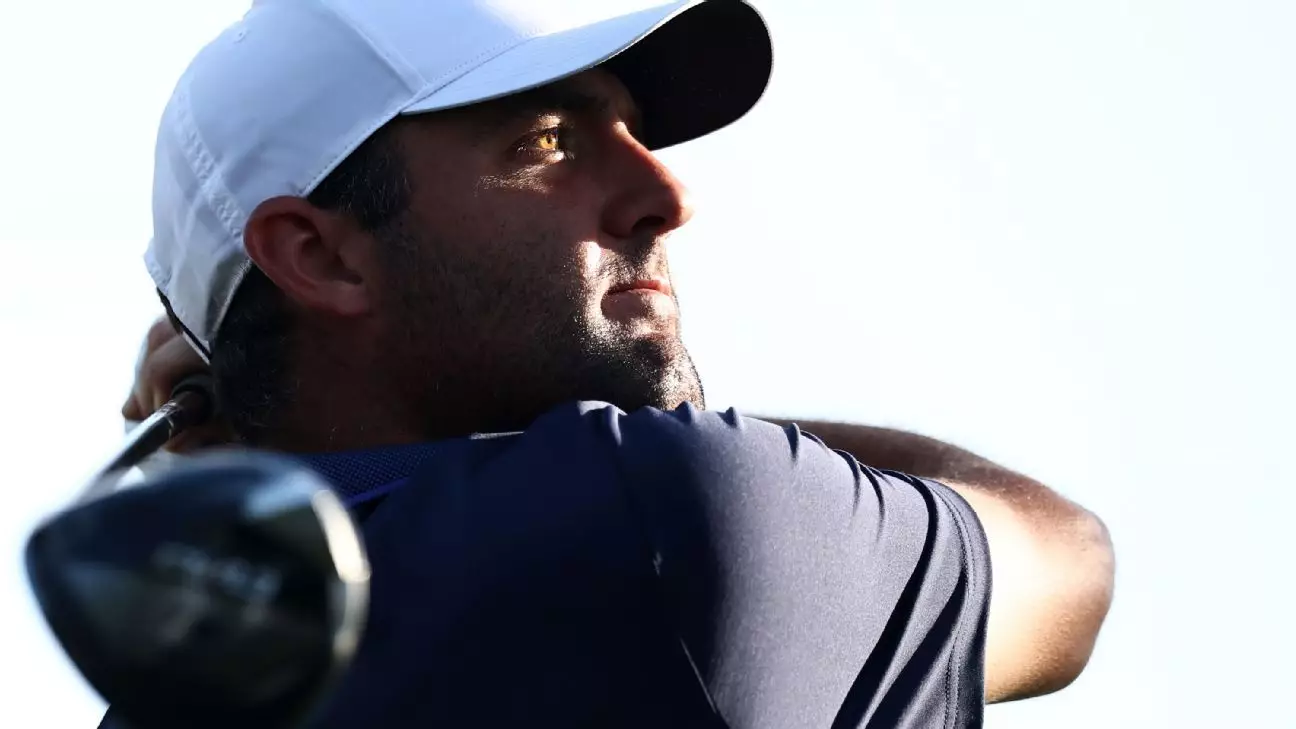In a sport where precision and consistency reign supreme, the integrity of the equipment used can shift the balance of competition in a heartbeat. Recent events at the PGA Championship have brought to light a significant controversy surrounding driver testing mandated by the United States Golf Association (USGA). With top golfers like Rory McIlroy and Scottie Scheffler finding their drivers ruled nonconforming, one has to delve deeper into the implications of such decisions. The USGA’s efforts to maintain competitive fairness may, in fact, be causing greater friction among players rather than solving it.
Driver Testing: A Necessary Evil or an Ill-Timed Disruption?
It is hard not to question the timing and methodology of the driver testing conducted at Quail Hollow Club. Should a governing body, allegedly dedicated to fair play, instigate such challenges during a major tournament? Here’s where the nuance of the situation reveals itself. While it is vital to ensure that all players compete on an even playing field—especially in high-stakes competitions—one wonders if the USGA is going about it the right way.
Take Scheffler’s experience; he disclosed that while his driver failed testing, it was his swing that ultimately cost him on the course. This revelation suggests that even amidst stringent testing, the reality of performance remains multifaceted. The driver is just one component of a much larger equation that encompasses technique, mental fortitude, and adaptability. Offering insight into equipment performance without assessing player proficiency is simplistic, if not entirely misguided.
The Shadows of Equipment Controversies
The notion that a select few players are subjected to equipment scrutiny while the rest remain untouched certainly raises eyebrows. By only testing a fraction of the field—potentially those who are already leading in performance—the USGA not only risks the accusation of favoritism, but it also undermines the competitive spirit they purport to protect. Professional golf needs transparency; it needs a mechanism to ensure that each player is playing with compliant equipment, but why is enforcement only applied to a select number of competitors?
Xander Schauffele called for broader testing, appealing to what he termed the “integrity of the field.” This vein of reasoning reveals the delicate balance a governing body must strike. If more players were subjected to testing, could it potentially shed light on widespread issues that managers and audiences alike are not privy to? Or would it merely intensify rivalries, breed distrust, and create a potentially toxic atmosphere on the greens?
A Call for Transparency and Fairness
If golf is to emerge from the shadow of equipment controversies with its reputation intact, a robust framework for driver testing must be established. As Scheffler wisely pointed out, why are we testing a third of the field? If the sport truly aims to uphold standards of fairness, wouldn’t it be prudent to include every competitor equally? This approach could not only disallow potential advantages but might cultivate a sense of unity among players, contributing to a healthier competitive landscape.
Moreover, the integrity of the game begins with transparency. Confidential test results obscure the underlying rationale behind decisions that impact players’ careers. This lack of clarity might lead to an environment of skepticism where players and fans alike become wary of the legitimacy of individual victories—creating an unnecessary layer of discord that golf can ill afford.
A New Era of Reform
In a sport weighed down by centuries of tradition, modern challenges require innovative solutions. The USGA’s current approach to driver testing necessitates an overhaul if it is to foster genuine fair play and create an atmosphere conducive to camaraderie and trust. While it’s understandable that the governing body aims to protect the game, it has a responsibility to ensure that its efforts don’t backfire and sow seeds of division amongst its most loyal participants.
The future of golf rests upon balancing respect for tradition with the need for reform. As fans and players yearn for clarity, it is time for the USGA to step up and provide the transparency and fairness that the sport so desperately needs.

Leave a Reply